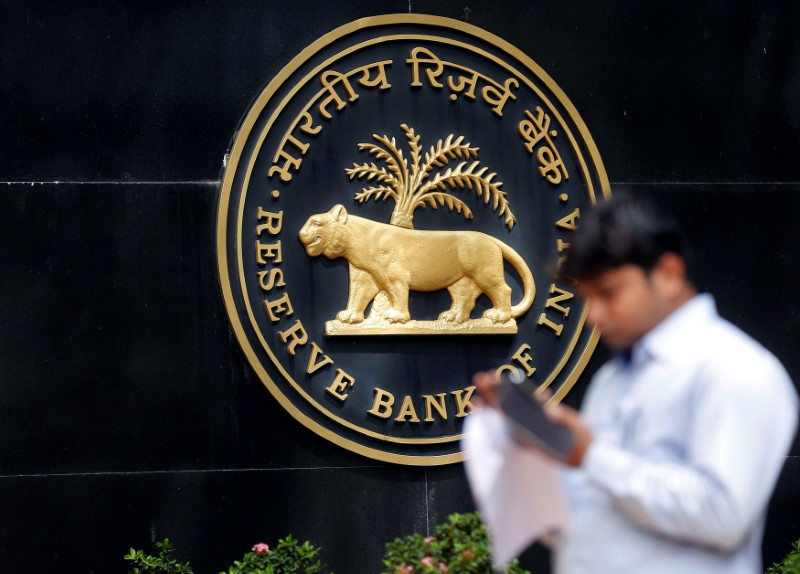Hyperscale Data reduces debt by $30 million for AI, bitcoin expansion
Investing.com-- The Reserve Bank of India (NSE:BOI) reduced interest rates by 25 basis points on Wednesday in the first policy meeting of the new financial year, and shifted its stance to "accommodative" from "neutral".
The RBI cut its benchmark policy repo rate by 25 basis points to 6.00%, after lowering it by the same margin in its previous meeting in February.
The central bank left its cash reserve ratio- which outlines the amount of cash reserves to be held by local banks- at 4%.
During his second policy decision after being appointed as RBI Governor, Sanjay Malhotra said the cut was driven by inflation remaining under the central bank's target range of 4-6%, with significant easing in food inflation.
Markets were positioning for a cut amid growing risks in Indian economic growth, as the country grapples with slowing consumer spending, which is a major growth driver.
The central bank changed its stance to "accommodative" from "neutral", signaling a shift toward supporting economic growth—usually by lowering interest rates or keeping them low for an extended period.
"Today's change in stance from neutral to accommodative means that going forward, absent any shocks, the Monetary Policy Committee is considering only two options, that is, status quo or a rate cut," Malhotra said in a statement.
RBI says tariffs could pressure rupee, dent growth
Addressing the tariffs imposed by U.S. President Donald Trump on April 2, Malhotra said uncertainties may lead to possible currency pressure and therefore imported inflation.
He said, the dent in global growth due to U.S. tariffs will also impede domestic growth, and shall hurt net exports, adding that quantification of the adverse impact on growth was difficult.
The central bank lowered GDP growth projection for the current year by 20 basis points to 6.5% from its earlier assessment of 6.7% in the February policy, citing global trade uncertainty.
Consumer Price Index (CPI) inflation for the financial year 2025-2026 was projected at 4%, lower than the 4.8% for the previous financial year.
Friday’s policy decision is the second under new governor Sanjay Malhotra, who unexpectedly replaced Shaktikanta Das in December, amid a growing rift between Prime Minister Narendra Modi’s government and the RBI over the need for lower interest rates.
